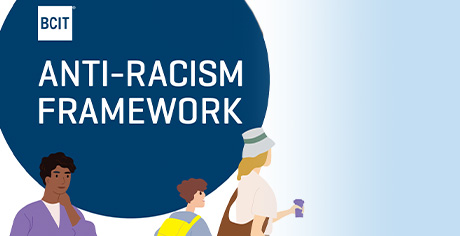
MET VIRTUAL INCLUSIVE MAKERSPACE
EDIDA Frameworks
In order to design makerspaces that are inclusive of all peoples with diverse needs, one needs to consider varying forms of inclusion and allyship within its design. Using a foundation from equity, diversity, and inclusion frameworks, decolonization frameworks, and anti-racism frameworks, this virtual website and all of its content are situated within this dichotomy.
Allyology © Ewart/Yousofpour 2023
Strengthening allyship by equipping individuals with the tools, strategies, and behaviours they need to become sensitive, responsive, adaptable, and aware allies to marginalized and oppressed peoples/communities is instrumental to eliciting societal change. By creating more equitable and inclusive learning environments and spaces, power structures start to become disseminated and people and communities become empowered by having a voice, opportunities, and experiences that were once unavailable. Through digital technology and social media, the 21st- century generation has developed a greater awareness of the issues plaguing society and marginalized communities and as such, recognize the importance of embedding equity, diversity, and inclusion (EDI), decolonization (D), and anti-racism (A) frameworks through education.
As a foundational lens in the design of a makerspace, the accessibility of all tools (no-tech, low-tech, high-tech) used for making, and in the development and design of provocations, maker challenges, and big idea critical problems/solution case studies, it is essential for EDIDA work be an overarching foundation to all makerspaces. Through the design of spaces and content there needs to be a commitment to addressing racism and discrimination and reducing inequalities in education through the development of a maker mentality (Maker Magazine, 2005). A highly critical, responsive, and inclusive makerspace starts with a culture that promotes equity and reduces disparities. This virtual inclusive makerspace website is dedicated to ensuring the continued awareness and expansion of understanding issues of equity, diversity, and inclusion in education and as such, the frameworks located in the EDIDA section have been carefully selected and used through the design of this site and content included on this site.
The information below will help you to ensure that you are cognizant about the way you create your makespace and design content and how you welcome all learners.
The goal of infusing EDIDA frameworks into your maker design include the following:
- Assessing the degree of inherent biases/assumptions that are brought to the design of a space and content.
- Understanding the motivation for allyship.
- Increasing awareness of marginalized and oppressed individuals and communities to ensure that all peoples are welcomed into your makerspace.
- Empower all learners through space, experience, and challenges.
In creating these innovative spaces we should apply principles of inclusive design thinking to ensure the spaces, tools, and community are accessible to all individuals.
Questions to consider when designing an inclusive makerspace and content:
- Has the content been approached in a culturally sensitive, responsive, and adaptive way?
- Have the EDIDA frameworks been utilized and executed within the design?
- Have you considered your own biases, opinions, and prejudices as you design this space/content?
- Have you collaborated with all communities and abilities about the design of the makerspace and content prior to and throughout the process? (i.e., IBPOC, 2SLGBTQIA+, abilities, neurodivergent/non-neurodivergent, learning styles, etc.)
- Have you used inclusive language?
- Have you ensured that all peoples are represented and are empowered?
- Do your provocations/problems/challenges/case studies include and represent diverse cultures, races, genders, spaces, etc.?
- Have you created an accessible space for people to move around freely?
- Have you provided access to no-tech, low-tech, and high tech tools? Do these multi-access points have support structures in place for all learners?
- Does this learning environment foster the inclusion of all voices and opinions? How?
- Does your space clearly align to the norms of inclusive collaboration? Does it cater to all learning styles and types?
- Do your provocations/problems/challenges/case studies have multiple entry points?
- Do your maker materials and tools foster the low floors, high ceilings, and wide wides philosophy (Resnick, 2020)?







